Text

Looking for a great read to celebrate Earth Day? Check out “The Healing Woods” by Martha Reben, who found solace and healing in nature while struggling with tuberculosis. Reben wrote about her experiences, swapping city life for the serene wilderness of Weller Pond with her guide, Fred Rice. Through these stories, she highlights the connections between nature and the restorative power she felt it provided. From the quiet woods and waters to her various encounters along the way, “The Healing Woods" highlights the importance of nature and preserving it for future generations, and slowing down to appreciate small moments along the way.
Reben's books are out of print, but you can find copies of them at the Saranac Lake Free Library, or buy a used copy from HSL's gift shop!
#saranac lake history#museums#museum collections#historic saranac lake#history#saranac lake#adirondacks#local history#tuberculosis#earth day
0 notes
Text
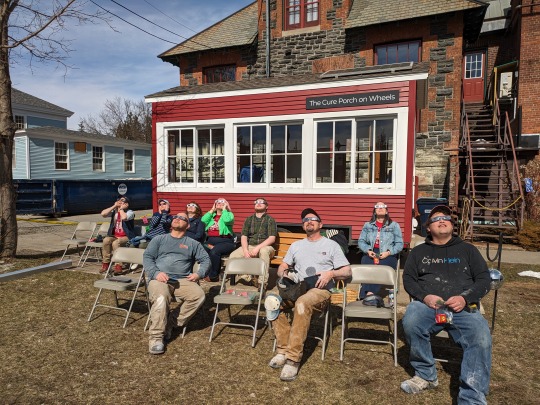






How amazing was that HISTORIC total solar eclipse?! We are honored to have been a part of this once-in-a-lifetime occurrence with you all. Whether you visited the Saranac Laboratory Museum, watched the eclipse with us, or said hello downtown, it was a day to remember! Want to share a memory, photograph, or object from this special day with our collection? Get in touch!
A few updates:
-We are SOLD OUT of all of our eclipse merchandise, but we are accepting pre-orders for reprints of shirts, stickers, and posters through the end of this week. Order on our website if you missed them the first time: https://www.historicsaranaclake.org/store/c21/solar-eclipse
-Our small special exhibit about solar eclipses is still on view in the John Black Room through Saturday.
-We are partnering with Astronomers Without Borders as a drop site for used eclipse glasses. You can drop them off anytime we are open. Send us a message if you have questions!
-The Saranac Laboratory Museum will be CLOSED next week, April 16-20, for spring cleaning and maintenance. Want to help us tidy up for the season? Send us a message or email! As always, check our website for the latest hours and updates.
[Photographs by HSL staff members Alex Krach, Amy Catania, and Chessie Monks-Kelly.]
#local history#museums#history#museum collections#historic photographs#adirondacks#historic saranac lake#saranac lake#saranac lake history
1 note
·
View note
Text
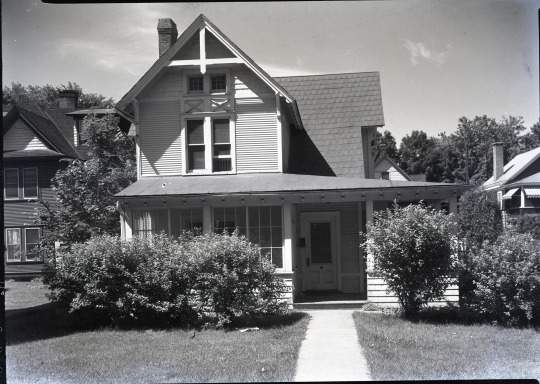
5 Ws Wednesday
Historic Saranac Lake needs your help identifying the WHO, WHAT, WHERE, WHEN, and/or WHY of this photo. We recently received a donation of photographs and negatives that were likely never picked up from Kollecker's Kodak and Gift Shop. This is one of the negatives, which was in an envelope marked July 1931. Do you recognize this house? Let us know by sending a message or leaving a comment!
[Historic Saranac Lake Collection, 2024.2.4.1. Gift of Gus Dueben.]
#local history#saranac lake#historic saranac lake#saranac lake history#museum collections#history#museums#adirondacks#historic photographs
0 notes
Text
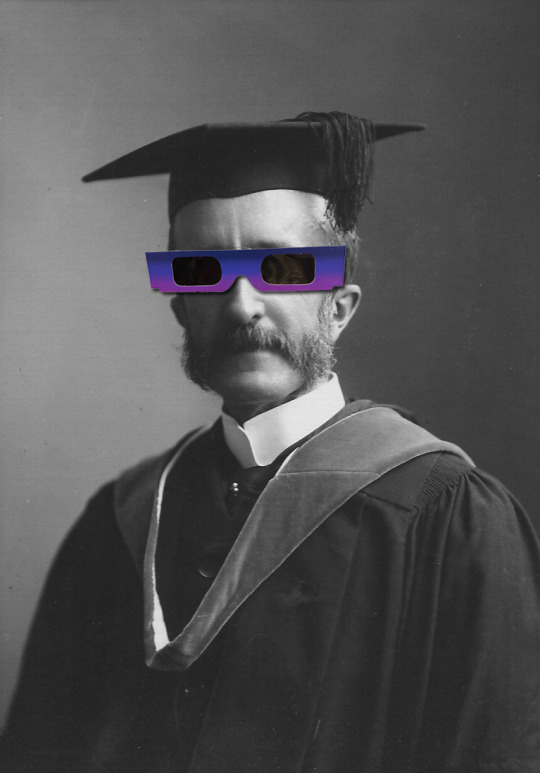
Dr. Trudeau says, "be smart!" Be sure to wear eye protection when viewing the solar eclipse on Monday!
Families, join us on Saturday April 6 from 11-2 for eclipse-themed activities, history, and snacks! Check our website for the latest info.
Don't have eclipse viewing plans yet? The Saranac Laboratory Museum will be open special hours on Monday, April 8, from 10-3, and 4-5 (note that the museum will close for an hour for totality viewing!). Come check out the museum, watch the eclipse with us on the museum grounds, and get free glasses with admission while supplies last!
Glasses are also available at local businesses, the Saranac Lake Free Library, the Saranac Lake Area Chamber of Commerce, and more!
#saranac lake#historic saranac lake#museums#saranac lake history#local history#museum collections#history#adirondacks#historic photographs#eclipse#eclipse 2024#new york
0 notes
Text
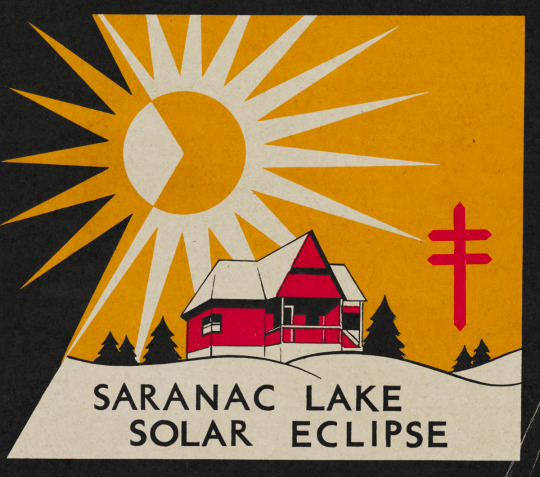


Once in a Lifetime
by Amy Catania
Last week I drove from Saranac Lake to Mansfield, Ohio, tracing the path of totality to visit the grave of John Baxter Black.
John Black was born on this day in 1896, and he lived for just 27 years. He died of tuberculosis in Saranac Lake 101 years ago, but here at the museum he feels like an old friend. We see his portrait every day, and we’ve read his letters from Europe during the first World War. A century after his death, John's story links us to another time and place.
History connects people, and so do rare events like total solar eclipses. The wobbly axes of the moon and earth have to align perfectly, and you have to be in just the right place at the right time. The last total solar eclipse occurred in Saranac Lake 675 years ago. After April 8, we’ll have to wait 375 years to see the next one here.
[Read the full post on our blog at the link in bio!]
The last major (although not quite total) eclipse came over Saranac Lake in 1925, two years after John Black died. The newspaper reported, “the beauty of the Adirondack country as revealed by these conditions was beyond description.” TB patients observed the sky from their porches at the Trudeau Sanatorium, protecting their eyes with "darkened bits of glass and old camera plates and films." Hundreds listened to a special radio program broadcasting reactions to the big event.
We no longer gather together around the radio, but collectively we sense something magical is about to happen. Each town between here and Ohio is conjuring a pot of gold on the other side of the moon’s shadow. Billboards seek to attract hordes of tourists, from Cleveland’s “A Blackout to Remember” to Watertown's "Total Eclipse of the Park."
Tupper Lake is one of the smaller communities in the path of totality, but it boasts one of the best marketing campaigns, "Totality in Tupper." With their new observatory, Tupper Lakers are well-positioned to pay attention to the sky. And observatory board president Seth McGowan has helped stir up excitement, having personally witnessed this country’s last total eclipse in Tennessee in 2017.
Seth describes experiencing a wonderful sense of unity among the crowd of onlookers at the last eclipse. He also warns about the chaos that ensued when over 116,000 people descended on Hopkinsville, TN (population 30,600). Seth explains, “You need to pay attention to the three T’s — transportation, trash, and toilets.”
In these divisive times, it can be hard to embrace strangers or even neighbors, especially when you are worrying about the three T’s. On my way to Ohio, I passed through one community after another where eclipse advertising competes with strident political yard signs as the country gears up for another national election. Perhaps our fascination with the eclipse is, to some degree, a response to our fractured society. Wearing our special glasses, we eagerly turn our heads towards a phenomenon greater than the forces that divide us.
As I drove home from Ohio, I thought about the pull of the eclipse and the power of history. The total eclipse will happen only once in our lifetime. It probably won't make us rich or heal our society. But as we gather in the path of totality, we might share a sense of the history that binds us. We might just look up and notice each other.
For Andy Pederson.
------------------------------------
Visit our website to purchase eclipse merchandise!
#local history#historic saranac lake#saranac lake history#museums#history#museum collections#saranac lake#adirondacks#tuberculosis#ohio#eclipse#solar eclipse 2024
2 notes
·
View notes
Text

5 Ws Wednesday
Historic Saranac Lake needs your help identifying the WHO, WHAT, WHERE, WHEN, and/or WHY of this photo. In honor of Civilian Conservation Corps Day on April 5, this is a special guest post from our colleagues at the Paul Smith's College Archives. This photograph from their collection likely shows members of the CCC, but they don't know any more about it. There was a CCC Camp at Paul Smith's in the 1930s, and members of the Corps worked to build dams, log trees, and cut new roads and trails. Do you know anything about this photograph, or the CCC Camp at Paul Smith's? Let us know by leaving a comment or sending a message!
Learn more about the CCC on our wiki.
[Paul Smith's College Joan Weill Adirondack Library Archives, 1000.902.1108. Gift of the Perino Family.]
#local history#saranac lake#historic saranac lake#saranac lake history#museums#museum collections#adirondacks#history#historic photographs#civilian conservation corps#ccc
0 notes
Text
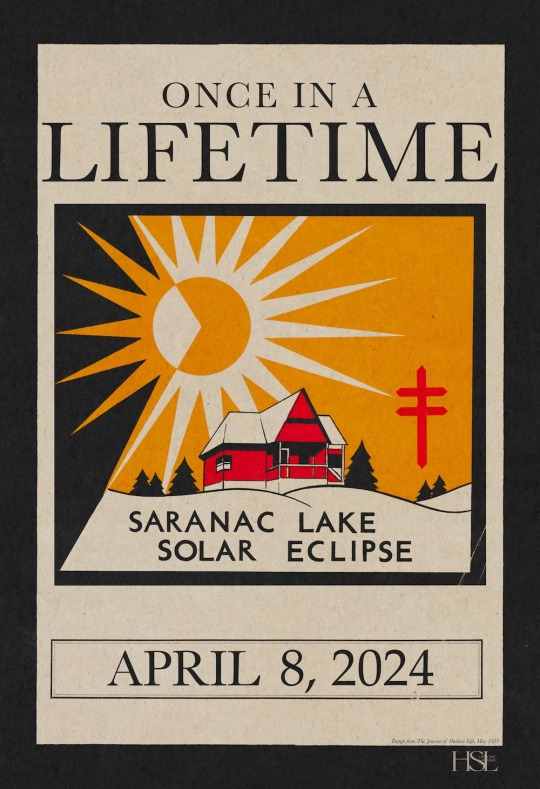




Solar Eclipse Merch is Here!
Exciting update! Our 2024 Solar Eclipse merchandise is now available for purchase on our website and in the museum store!!! We based our design on the cover of the May 1931 Journal of the Outdoor Life. The graphic features a brilliant sun shining over a snow-covered Little Red, and a double-barred cross symbolizing the fight against tuberculosis. These limited-edition black cotton t-shirts, posters, and stickers are going to go fast, so don't wait! Head to our online store or visit us anytime the museum is open to snag yours.
PLEASE NOTE: the t-shirts are a pre-order item! Orders will be open until 4/13, and shirts will ship directly to you by 4/30. Shirts will ship separately from any other orders. Available in XS-3X. All other items available now!
#saranac lake#local history#historic saranac lake#saranac lake history#museums#history#museum collections#adirondacks#eclipse#solar eclipse#solar eclipse 2024#path of totality
0 notes
Text

This Valentine's Day, we're asking you to be sweet and donate to help us purchase some new equipment! We know you love the collections here at Historic Saranac Lake, and we want to spread the love by making more of the collection available to the public online! We have received matching grant funding from the Pomeroy Foundation to purchase a new high-end scanner and laptop, and we need your help to raise the match.
The Epson Perfection V850 Pro scanner will allow us to scan our negative collections, including unstable nitrate negatives, and share them with the public for the first time. The MacBook Air laptop will allow us to run scanning and photo editing software. Most of the negatives in our collection have never been seen before, so we're very excited to dig into them.
In honor of Valentine's Day, we're asking for 100 people to donate at least $14 to help us reach our goal. Will you show your love for the collection? Donate today by heading to our website!
#local history#saranac lake history#museums#historic saranac lake#history#museum collections#saranac lake#adirondacks#historic photographs
1 note
·
View note
Text

Dancing with Death
Dear Friends,
With Winter Carnival in full swing, I'm sending along this short essay inspired by this year's "Creepy Carnival" theme.
One of the best things about Carnival is that we get to see old friends and meet new ones. Please stop by the museum if you are in town, and watch for us in the parade tomorrow!
Thanks and Happy Carnival!
Dancing with Death
by Amy Catania
“Be absolute for death; either death or life
Shall thereby be the sweeter.”
— William Shakespeare
Sometimes it’s good to stare down the things that scare us most. Perhaps this helps explain the popularity of ghost stories, Halloween, and this year’s Winter Carnival theme, “Creepy Carnival.”
This year’s spooky theme evokes Saranac Lake’s past as a community where an untold number of people died from tuberculosis. Before the advent of antibiotics, tuberculosis was killing one in seven people in industrialized countries. With no known cure, fear surrounded the disease. Many TB patients were shunned by their communities, but Saranac Lake opened its doors to the sick and dying. Thousands came from around the world, hoping that a long rest in the fresh air would help fight off the disease.
It was an imperfect cure, and an untold number of people died here or were sent home to die. Even the man who founded the TB industry in Saranac Lake, Dr. Edward Livingston Trudeau, died of the disease, as did his young daughter and many of his friends and associates.
For such a morbid story, Saranac Lake history has a surprising number of bright spots. In many ways, tuberculars demonstrated hope and humor in the face of death. Doctors did everything they could to boost the immune system’s ability to fight the disease. Those with a positive outlook tended to have better outcomes, and so attention was paid to mental health. Patients were encouraged to have friends, learn hobbies, enjoy the view, exercise in the outdoors, read, attend parties, and fall in love. They were taught to dance in the face of death.
The symptoms of TB tend to wax and wane in the body, and so when patients were feeling up to it, they lived life to the fullest. Our collection contains hundreds of photos of patients having picnics, performing in costumes, snowshoeing, and even playfully climbing the sanatorium gates. Surrounded by the reality of death, patients embraced life. Gallows humor lightened the mood. People called the Saranac River, “Sputum Creek.” Helen Hill was known as “hemorrhage hill.”
Richard Ray cured at the Trudeau Sanatorium and Ray Brook Hospital in the late 1930s. Historic Saranac Lake helped him compile his photos and notes into a memoir. While his time in Saranac Lake was marked by painful struggle with the disease, his days were full of friendship with fellow patients and nurses.
The best way to fight death was to laugh in its face, and Saranac Lake learned how to throw a good party to do just that. Winter Carnival was founded as a diversion for TB patients and their families during the long winter months. One page from Richard Ray’s memoir shows four fellow patients in elaborate silly Carnival costumes.
Historic Saranac Lake will be dancing with death in this year’s Winter Carnival parade, honoring the TB patients who embraced life here in Saranac Lake, and learning from their example. One way or another, it’s gonna get us. Until then, we might as well dance.
Images:
This 1915 Winter Carnival parade entry made light of the fight against infectious disease. Dr. Francis Trudeau is "Mrs. Silas Saranac." Dr. Trembley is holding the cannon. [Historic Saranac Lake Collection, 2009. 10.4.66. Gift of Natalie Leduc.]
A page from Richard Ray's memoir showing fellow patients at Ray Brook Sanatorium.

#local history#historic saranac lake#saranac lake history#saranac lake#museums#history#museum collections#adirondacks#historic photographs#tuberculosis#winter carnival#saranac lake winter carnival
2 notes
·
View notes
Text
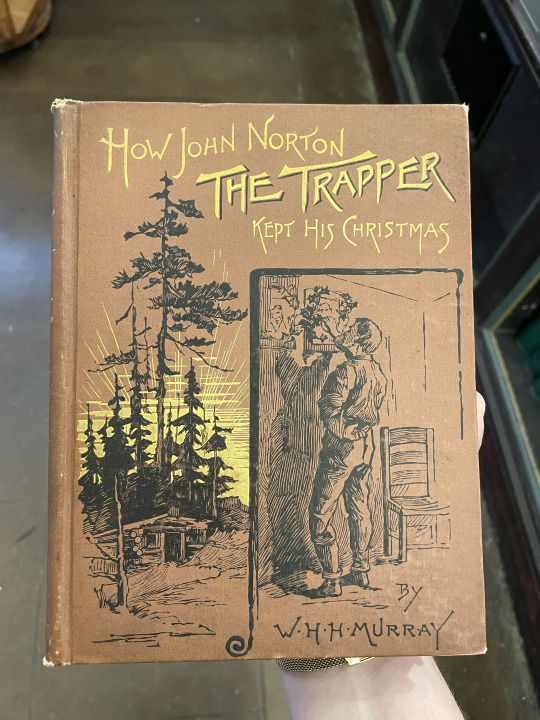

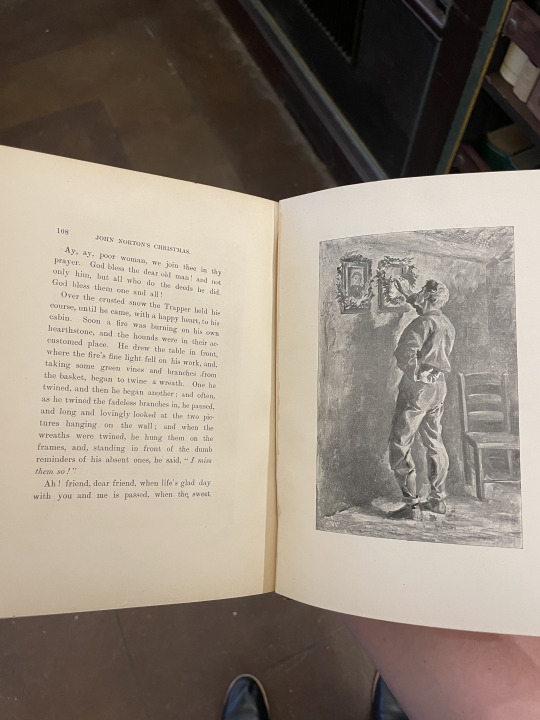
John Black Room Library Sunday
We're wishing you a Merry Christmas Eve this John Black Room Library Sunday! This book, How John Norton the Trapper Kept His Christmas, was written by W. H. H. Murray in 1891. It tells the tale of the trapper John Norton and the vagabond Wild Bill, who go to bring Christmas to a woman and her children living in a shack in the woods. This copy includes wonderful illustrations of their adventures in the woods.
W. H. H. Murray was also known as Adirondack Murray, and his most famous book was the 1869 Adventures in the Wilderness; or, Camp-Life in the Adirondacks.
Have a happy holiday!
[Historic Saranac Lake Collection, 2022.29.61. Gift of Holly and David Wolff.]
#local history#historic saranac lake#saranac lake history#saranac lake#history#museum collections#adirondacks#museums#christmas
1 note
·
View note
Text
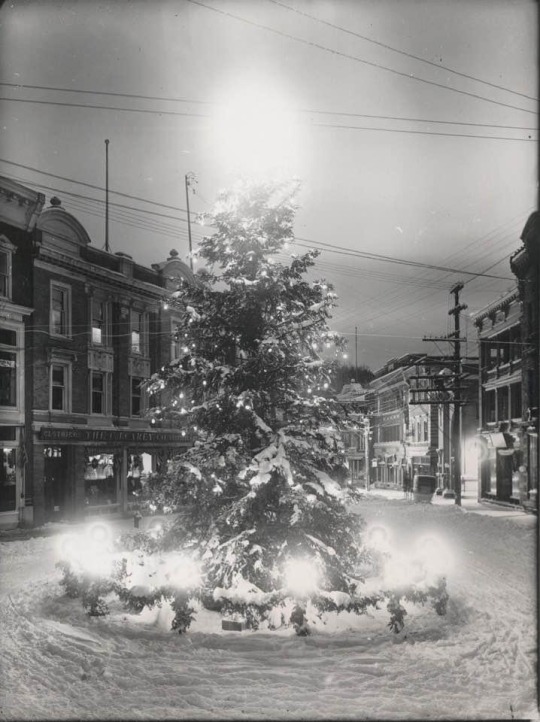
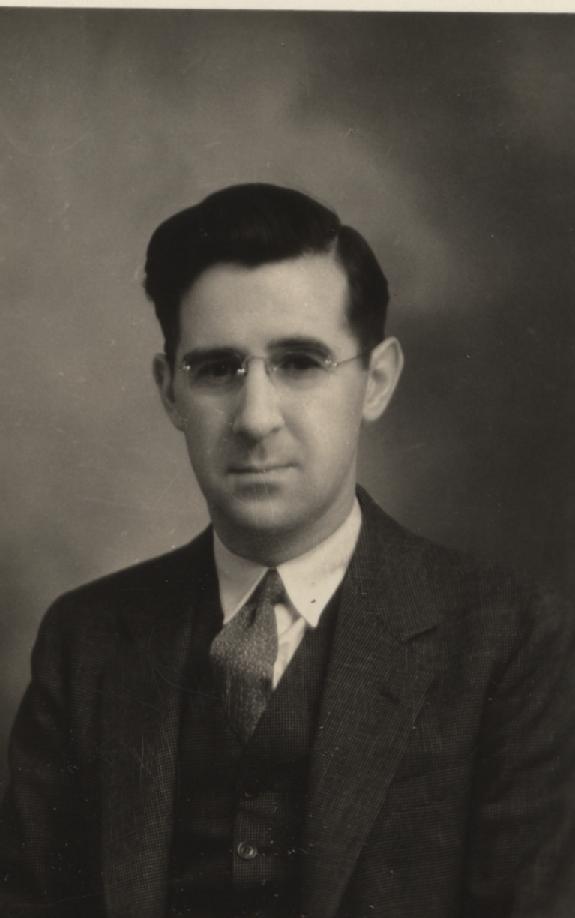
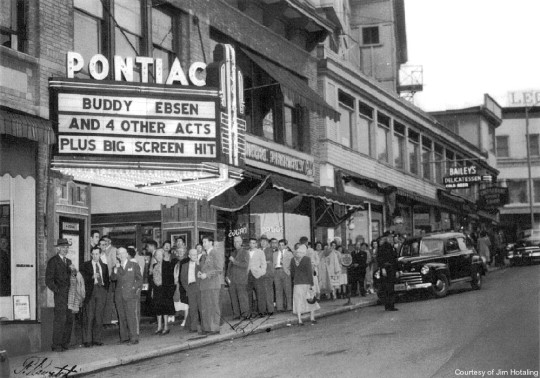

Dear friends,
With seasons greetings, I am sending along this essay, inspired by a favorite holiday movie. Many friends shared their memories to help me write this back in 2020 -- Chris Brescia, Jan Dudones, Jim Griebsch, Bunk Griffin, Howard Riley, Jim and Keela Rogers, and our dear friend, Natalie Leduc, who, on December 8, 2020 came to the end of her truly wonderful life. We still miss her.
Best wishes from all of us at Historic Saranac Lake.
Amy Catania
--------------------------------
It's a Wonderful Life, Tony Anderson
by Amy Catania
"Strange, isn't it? Each man's life touches so many other lives.
When he isn't around he leaves an awful hole.”
— It’s a Wonderful Life, 1946
This is a good time of year to watch It’s a Wonderful Life. Bedford Falls brings to mind Saranac Lake, and George Bailey reminds us of the wonderful lives of Saranac Lakers from the past like Alton “Tony” Anderson.
Tony Anderson fell ill with tuberculosis while working as a toolmaker in Southington, Connecticut. As a member of the Masons, he received financial help to come to Saranac Lake for treatment in 1919.
“I came here to die,” Tony used to say. Facing death, Tony received a gift, a chance to imagine the world without him. He made his home here and dedicated his life to giving back. He served as village mayor for nine terms. He worked as a volunteer ambulance driver and a plane spotter on top of the Hotel Saranac during the war. He was a member of the Masonic Lodge, the Elks Club, the Rotary, the Boat and Waterway Club, the hospital board, and the blood bank.
Each afternoon, Tony went home to his modest house on South Hope Street and sat on his porch in a cure chair. “Best seat in the house,” he called it. After his afternoon rest, he would go back to the theater for the shows.
Saranac Lake in the 1950s was a picture postcard of Bedford Falls. Everyone knew each other. Kids played together outside through all seasons. Downtown shops bustled year-round. The Adirondack Daily Enterprise was five times thicker than it is today. The theater, the radio station, civic organizations, and places of worship knitted the community together. Like the shadow of death cast by tuberculosis, the horrors of WWII inspired an appreciation for life and a sense of civic responsibility.
But forces were afoot that were beginning to devastate small towns around the country. Everywhere, industry and manufacturing were closing up shop. In Saranac Lake, the TB business came to an end. Jobs dried up and families left. Across America, suburban development was eroding downtown retail. Television offered solitary entertainment that took the place of public activities like going to the movies.
By the late 1960s, Tony Anderson’s beloved theater had fallen on hard times. The impeccably dressed ushers were gone, and, much to Tony’s chagrin, on Wednesday nights the Pontiac was showing titillating foreign films that reflected changing social mores. It seemed that only the bars were prospering. More and more, town was looking like Pottersville, Bedford Falls’ evil twin in the movie. Then, on December 19, 1978, a massive fire devastated the Pontiac Theater. Three years after the fire, Saranac Lake’s longest serving mayor died at the age of 82.
It’s a sad ending to Tony’s story. Real life usually doesn’t get a Hollywood ending. Saranac Lake will always have plenty in common with Bedford Falls and Pottersville. And unlike George Bailey, most of us won’t ever meet our guardian angel.
But “It’s a Wonderful Life” reminds us that, even in the midst of regret and loss, we can find beauty and purpose in daily life. This is one of the most important things we do at Historic Saranac Lake, we honor the lives of the regular people who came before us. We pay attention to people like George, Ernie, Bert, Mary, Mr. Gower, Martini, Harry, the woman at the bank who asks for only $17.50, and even Mr. Potter.
We remember Natalie Leduc, Mary Hotaling, Andy Rawdon, Jane and Walter Webb, and Tony Anderson.
Merry Christmas, movie house! Merry Christmas, Emporium!
Merry Christmas, you wonderful old Building and Loan!
Happy Holidays, Saranac Lake!
Saranac Lake students presented about Tony Anderson at his grave in Pine Ridge Cemetery in 2019, part of Historic Saranac Lake’s annual 5th grade history tour.
#local history#saranac lake#saranac lake history#museums#historic saranac lake#museum collections#history#adirondacks#historic photographs#tuberculosis#christmas#its a wonderful life#essays
1 note
·
View note
Text
Image Of The Week
We're less than a week out from Christmas! This photograph shows the tree in front of the New York State Sanatorium for Incipient Tuberculosis in Ray Brook, decorated for Christmas sometime in the mid-1930s. We hope you have a safe and happy holiday! Try sharing your favorite memories in holiday history with your friends and family this year. We'd love to hear what you talk about!
[Historic Saranac Lake Collection, 1991.1.24. Gift of Kenneth Decker.]

#local history#historic saranac lake#saranac lake history#museums#history#museum collections#historic photographs#saranac lake#adirondacks#tuberculosis
5 notes
·
View notes
Text



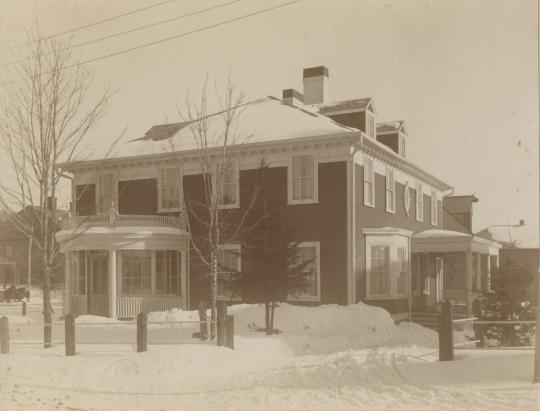
Museum Monday
We've gotten lots of questions about the blue vinyl siding on the Trudeau Building lately, so we wanted to re-share the rendering of what the building will look like when all the work is done! When the vinyl siding was added some thirty years ago, most of the original wood clapboards were removed. We have a piece of the original red siding in the collection here at Historic Saranac Lake, and used this sample to inform the selection of replacement cedar clapboards and paint color. Although the siding won't be replaced for a little while while work is ongoing inside, we're so excited to see the transformation!
As always, head to our website for the latest updates and to support the project.
[Historic photograph of the Trudeau Home courtesy of the Adirondack Room, Saranac Lake Free Library.]
#local history#historic saranac lake#saranac lake history#museums#history#saranac lake#museum collections#adirondacks
0 notes
Text





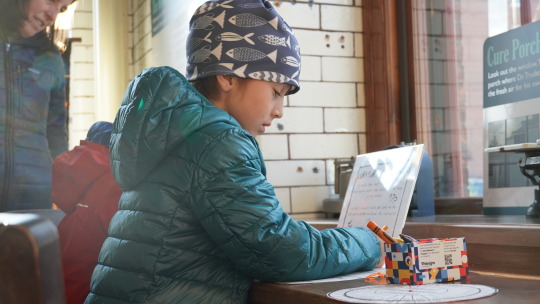


At the very beginning of this month we held our first ever Historic Scare-anac Lake. The brainchild of a child who likes brains (and ghosts, mummies, and generally all things spook-tastic), we were able to collaborate with Lydia Francis (at right, first photograph) and her mom, Kelsey, after she wrote to the local newspaper that while sports are fine, we need more macabre.
We wear a lot of hats here at Historic Saranac Lake, and we were perfectly fine with trading one of those hats in for some masks, and to get eye-ball deep in some haunted history. How are vampires and tuberculosis connected? What does Edgar Allen Poe and Noah John Rondeau have in common? Did people in the Victorian Era really believe consuming mummies had medicinal properties? These questions plus artifacts from our collection with eerie histories were all on display during the event.
If you missed it, don’t fret! While Halloween only comes around once a year, Winter Carnival's 2024 Creepy Carnival theme means Historic Scare-anac Lake will be coming back with even more added to it before you know it!
If you’d like to volunteer during the event, send us a message!
And for anyone wondering, people who died from TB in New England states were believed to be vampires in the early 1800s; Poe and Rondeau both loved creating ciphers to hide messages; and yes, some Victorians believed that consuming the same part of a mummy where their own affliction was would heal it!
[Photographs courtesy of Aaron Marbone -- Adirondack Daily Enterprise.]
#local history#saranac lake#saranac lake history#historic saranac lake#museums#history#museum collections#adirondacks#tuberculosis
0 notes
Text

Image Of The Week
Whether your dining room will host a crowd or just you, we hope you have a safe and happy Thanksgiving this year! This photograph shows the West Wing Main Dining Room at the New York State Hospital for Incipient Tuberculosis, AKA Ray Brook Sanatorium.
Please note, the Saranac Laboratory Museum is CLOSED today and tomorrow (11/23-11/24) for the holiday. We will be open as usual on Saturday, 11/25, so bring your guests to learn about Saranac Lake history!
Learn more about Ray Brook Sanatorium on our wiki.
[Historic Saranac Lake Collection, 1990.1.8.17.]
#local history#historic saranac lake#museums#history#saranac lake history#museum collections#saranac lake#adirondacks#historic photographs#tuberculosis#thanksgiving
6 notes
·
View notes
Text

5 Ws Wednesday
Calling all you 46ers and paddlers! Historic Saranac Lake needs your help identifying the WHO, WHAT, WHERE, WHEN, and/or WHY of this photo. Can you help us identify the body of water this stereoview was taken from? The caption identifies Haystack Mountain, but gives no other information. What do you think? Send us a message or leave a comment!
[Historic Saranac Lake Collection, 2023.1.283. Gift of Ann Pecora Diamond.]
0 notes
Text
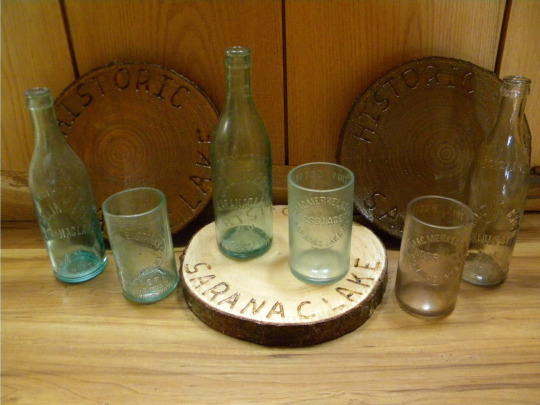

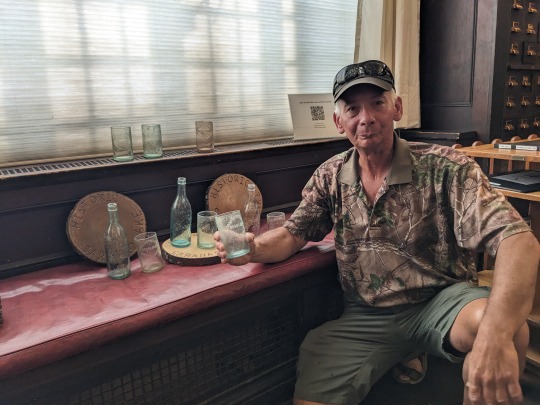


LIMITED ITEM! Looking for the perfect holiday gift for the history lover on your list? Snap up one of these extremely limited sets of "dive bar" decor hand-made by our favorite bottle diver, Dick Monroe! Dick lovingly hand-cut these damaged historic bottles to create one-of-a-kind sets.
Dick has generously donated seven of these sets to Historic Saranac Lake to benefit the museum's collections. Once these sets are gone, they are GONE! Each set contains one wooden "cookie" tray, one hand-cut drinking glass, and one historic bottle.
Grab yours today by visiting our museum store in person, or by ordering online. Be sure to check out Dick's blog post about the process, too!
#local history#saranac lake#historic saranac lake#history#museums#museum collections#adirondacks#saranac lake history
1 note
·
View note